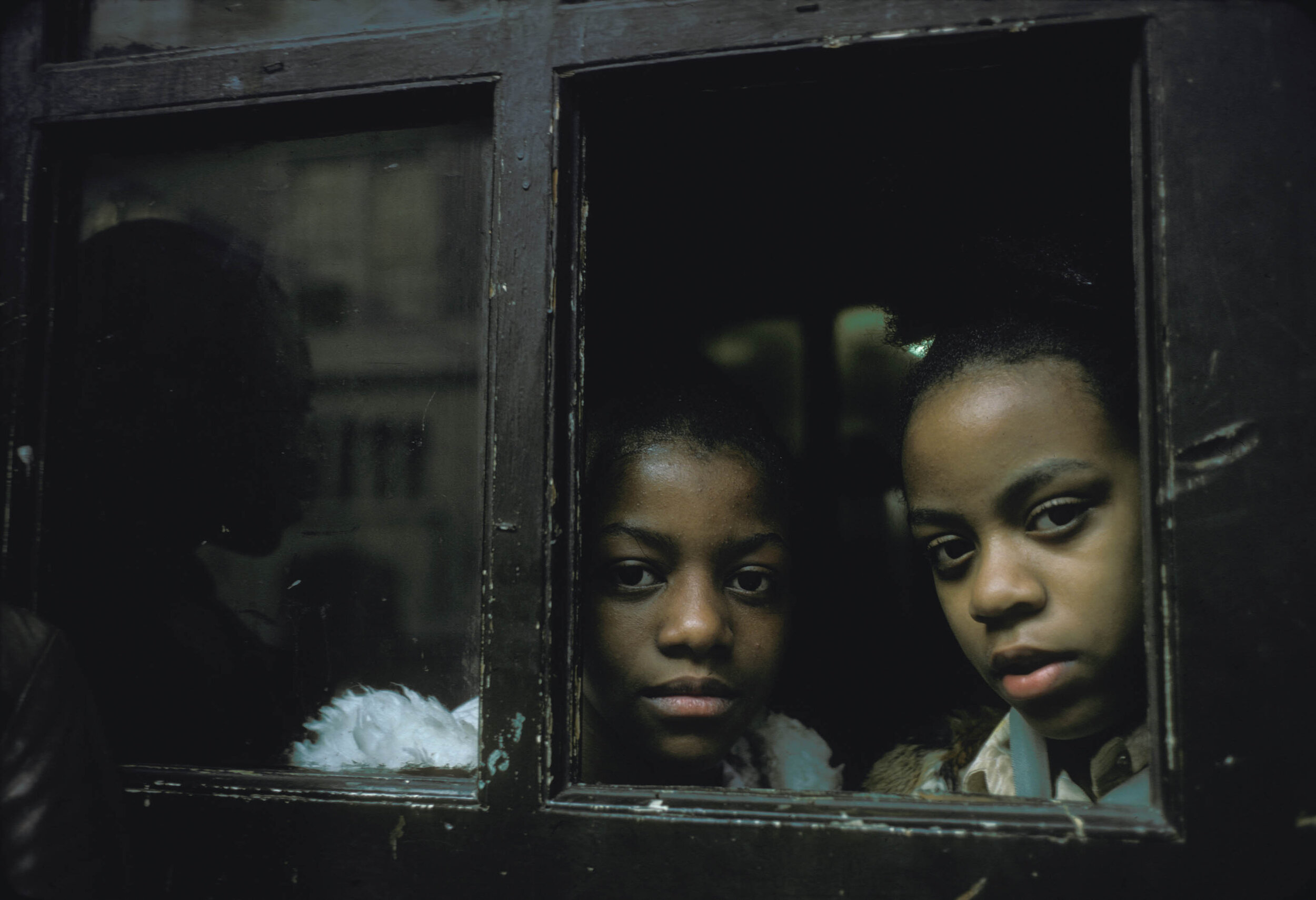Pandemic Photo City
by Rian Dundon from Portland, Oregon
Art museum installation detail, Portland, Ore., Feb. 21, 2020. Oregon’s first presumptive case of COVID-19 was announced in Portland on February 28.
A late dusting of snow and an empty cemetery provided a final family outing before Oregon’s March 23 coronavirus lock down began, Portland, Ore., March 15, 2020.
Security monitor glitch, Portland, Ore., March 18, 2020.
Sculpture detail, Portland, Ore., Feb. 13, 2020. The 127-year-old Portland Art Museum shut its doors on March 13 in compliance with state regulations responding to the coronavirus outbreak.
Sidewalk detail, Portland, Ore., March 22, 2020.
Roads picture, Portland, Ore., April 1, 2020. The coronavirus stay at home order greatly reduced traffic on local roads, providing an early means of visualizing the impact of the pandemic on urban centers.
Restricted streetcar seating, Portland, Ore., March 28, 2020. Trimet, Portland’s metro transit agency, cut ridership by 47 percent in response to reduced ridership in the first weeks of the coronavirus lock down.
Martin Luther King Jr. Blvd at 6 PM on a Monday, Portland, Ore., April 6, 2020.
Downtown parking lot, Portland, Ore., April 11, 2020.
My mother-in-law hanging laundry, Portland, Ore., April 12, 2020. The coronavirus threat increased our attentiveness for hygiene and household cleaning.
Restricted seating outside a Safeway supermarket, Portland, Ore., April 15, 2020.
Shopper in line at Trader Joe’s, Portland, Ore., April 24, 2020. Most supermarkets have implemented strict policies for controlling the number of customers in their stores during the coronavirus pandemic.
A protester adjusts his mask while standing for a photo at a Black Lives Matter demonstration in Portland, Ore., May 31, 2020.
Marketing display, Portland, Ore., April 24, 2020. Corona beer marketing display during the coronavirus pandemic.
Ankeny Plaza, Portland, Ore., April 26, 2020. This part of downtown is normally host to a weekend market with food stalls and shopping, all of which has been canceled indefinitely for the threat of coronavirus.
Portland mayor Ted Wheeler (left) spoke with activists ahead of a protest outside the Multnomah County Justice Center in Portland, Ore., June 5, 2020. An ASL interpreter translates to his left.
Leaves collected on my windshield during the statewide stay-at-home order, Portland, Ore., March 27, 2020.
Chat with Pascal, Portland, Ore., May 1, 2020. Families stayed connected using online video chats during the coronavirus lock down.
Julie and Mazie in the park on Mayday, Portland, Ore., May 1, 2020. Even with a coronavirus stay-at-home order in place, warm weather and ample free time made local parks difficult to resist.
Window screen, Portland, Ore., May 5, 2020. The stay-at-home order has been isolating and confusing, distancing many from friends and neighbors, and also the memory of our outside lives.
Convicted killer Jeremy Christian makes a final statement via live feed at his sentencing hearing inside the Multnomah County Courthouse in Portland, Ore., June 24, 2020. Christian, found guilty for the murder of two men during a racially motivated hate crime on a Portland commuter train in 2017, had been removed from proceedings by deputies after berating a surviving victim during their impact statement.
COVID-19 supplies, including face masks, hand sanitizer, and bottled water, is stockpiled in the underused parking garage of a Multnomah County government building in Portland, Ore., June 22, 2020.
Stocked freezer, Portland, Ore., May 10, 2020.
Julie gives her mother a goodbye hug after family dinner in Portland, Ore., May 19, 2020.
Hanging plant, Portland, Ore., May 15, 2020.
Conservative activists held a “reopen Washington” rally to protest the continued COVID-19 related closure of some businesses in Battle Ground, WA, May 24, 2020.
I was working at the art museum when COVID-19 hit. A swing shift security guard, I’d already been photographing there after hours, making pictures in the galleries and around the neighborhood during my lunch break and commute. After the museum closed and I was let go, I continued to photograph downtown under lockdown, documenting the emptied out city along with some of the more public images—advertisements, newspaper photos, graffiti—which under these circumstances felt freshly infused with significance. I also photographed my own family as we coped with social distancing and a stay-at-home order that had us relearning the value of togetherness.
Weeks passed, and as the city started coming back to life a new anxiety was apparent. By now the virus was firmly politicized. Face masks made it difficult to connect with or even recognize people, and the traffic filling downtown streets was a provocation to newly sensitized temperaments. The resulting series is a response to the fissuring of public and private life during a pandemic. The isolation required and the uncertainty that pervades as we carefully creep back into the world.
This photo essay was supported by the Economic Hardship Reporting Project.
































